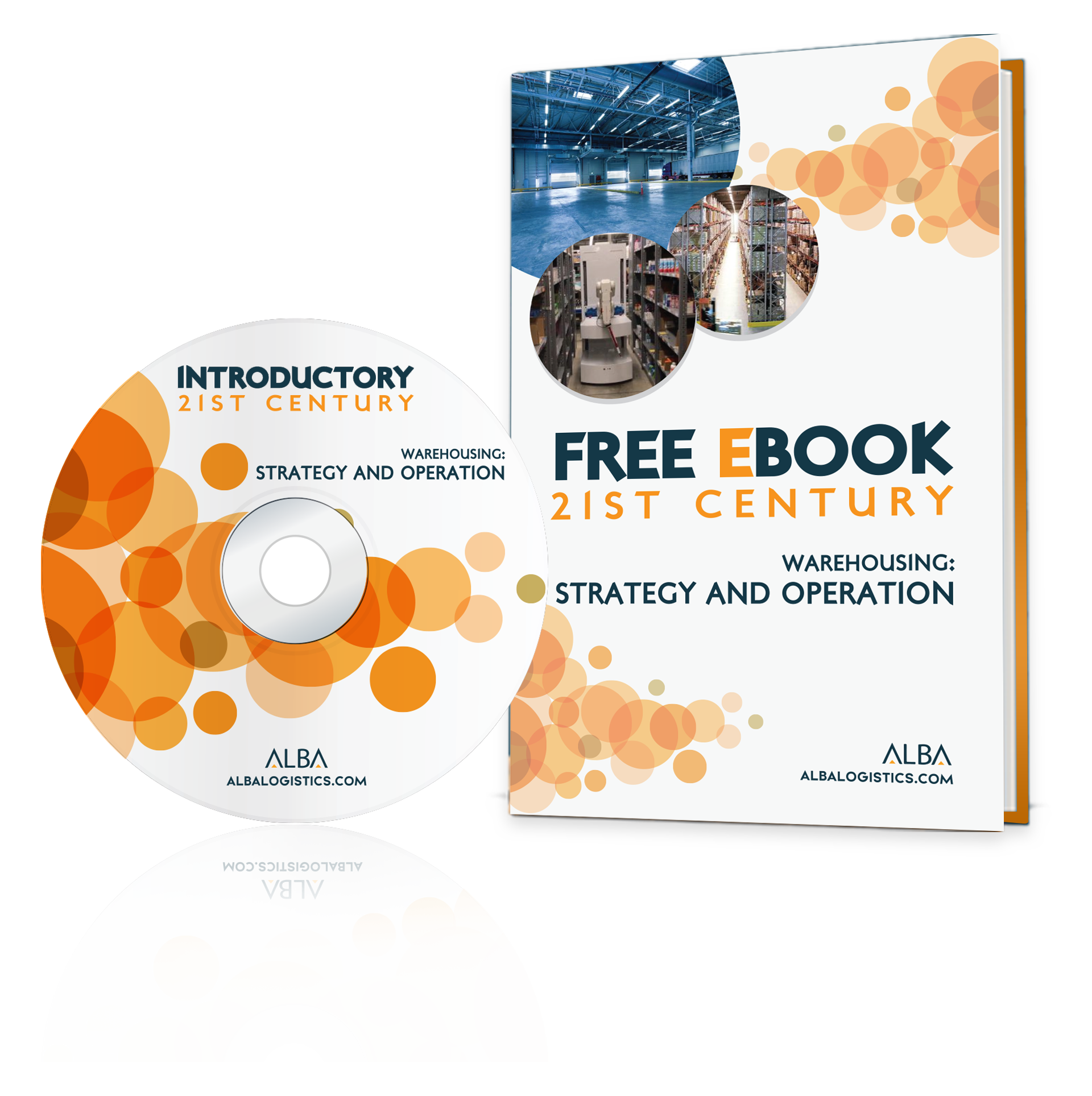Strategic Planning is an Oxymoron
As leaders in our work and in our business it is important that we operate at all times with high levels of awareness about the processes of our work, the distinction between the different types of work that we do and the consequences of the choices we make in relation to how much of our time and energy we dedicate to these different types of activity.
One area where there tends to be a lot of confusion is in the distinction between strategy work and planning work. So much so, that we hear the term strategic planning – which as my mentor Alan Weiss has correctly pointed out in his writings is an oxymoron – bandied about without blushes thus reinforcing the conflation and the confusion.
If you think about it carefully, it is actually abundantly clear that the term “strategic planning” is a contradiction in terms. When you are doing strategy you cannot be doing planning and when you are planning you are not doing strategy. Here are some of the distinctions:
- Planning is marshalling resources to achieve a predetermined outcome, strategy is determining what it is that should be achieved and what it will take to do that.
- Strategy questions assumptions, whereas planning obeys constraints, particularly budgetary constraints.
- Strategy is prior to planning and takes place at a higher intellectual level to planning.
- Strategy is top-down whereas planning is bottom-up.
- Planning gives comfort whereas strategy can often create discomfort.
- Planning is about trying to achieve certainty whereas strategy is about probability.
- Strategy is about innovation and planning is about execution.
Most of us, and particularly those of us who come from technical and financial backgrounds tend to spend most of our time and feel most comfortable when we are in planning and execution mode. It gives us a sense or certainty, progress and busy-ness, a sense of being useful. The problem with this is that we may be missing the point completely and not even be aware of it. Planning and execution are powerful and necessary capabilities that we need to retain, that is not the issue, the issue is that we need to do more strategy and innovation and to be aware of when we are in one mode and when we are in the other and how much of our resources we are dedicating to each.
Most of my clients are excellent are planning and execution, and that is a large part of why they are successful, but by their own admission they are poor at strategy and innovation and readily admit that they dedicate far too little of their time and energy to these activities that are essential for the future if they want to continue to thrive in their work and their business.
Whatever business you are in, just think for a moment about the following topical issues and what they might mean for your business:
- Robotics and Artificial Intelligence.
- Climate Change.
- The Internet of Things
- Cybersecurity
- The #MeeToo Movement
- Geopolitical Tensions and Global Trade Wars.
Do they mean something for the future of your business? If so what? Do they represent opportunities or threats? What do you need to do about it? What resources and capabilities will you need? Who is thinking about these things in your business and formulating the strategies that will be needed to ensure that you survive and thrive in the future? How much time and effort is dedicated to these aspects of your work and business?
More and more, I am being asked by my clients to assist them in making these strategy and innovation aspects of their role more explicit, consistent and accountable. If you would like to know more about how we are doing this, please contact me directly to discuss by phone +353 86 8116030 or email pdaly@albalogistics.com.
Patrick Daly

